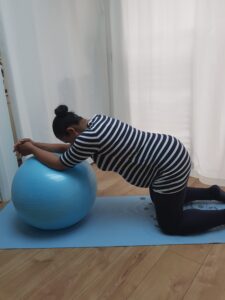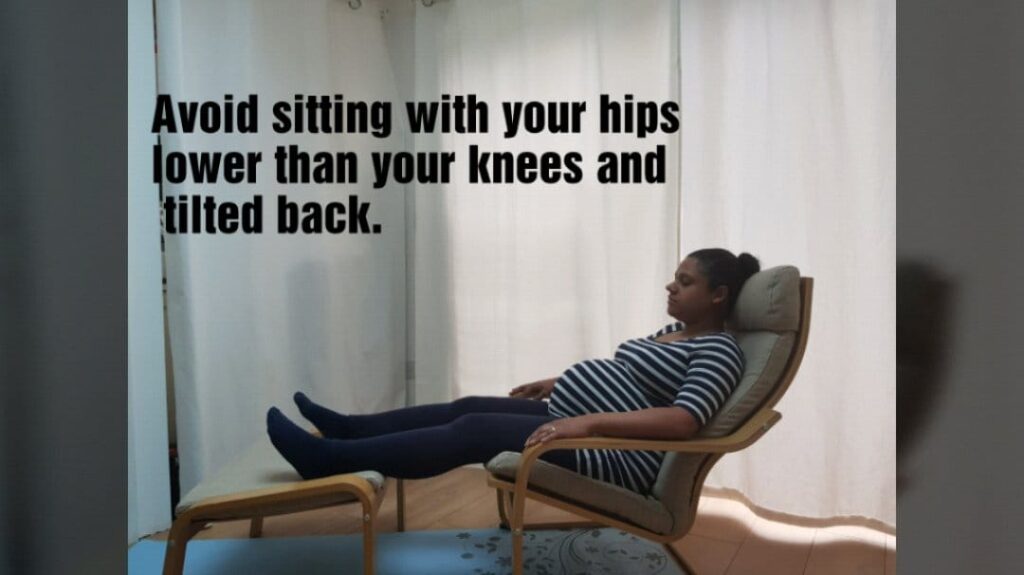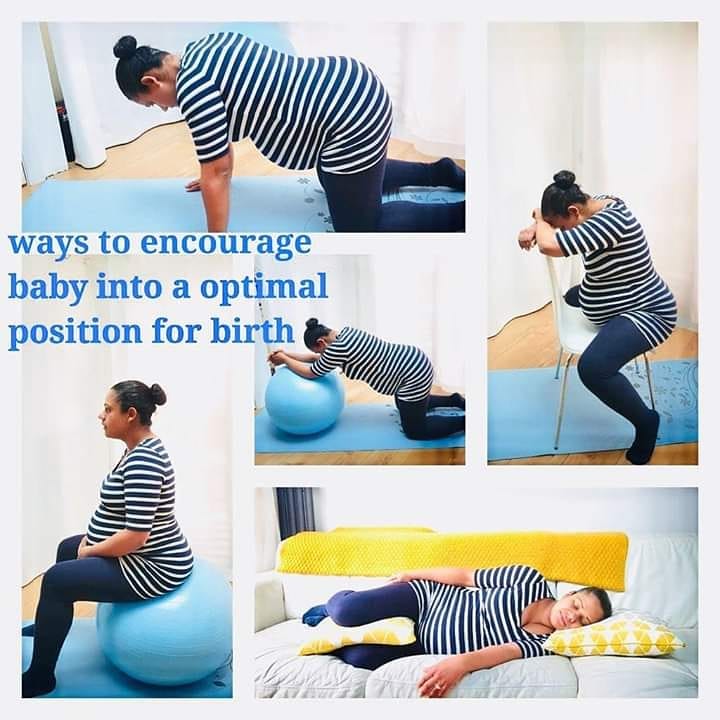
Optimum Foetal Positioning
How to get baby into a good position

Optimum Fetal Positioning: Why It Matters for a Smooth Birth
Fetal positioning is a key factor in a smooth and comfortable birth. The way your baby is positioned in the womb can influence the labour process, making it easier or more difficult. Understanding optimal positioning can help you achieve a faster, less painful delivery. It is good to start thinking about babies position from 28wks but starting earlier can always better to get into good habits.
What is Fetal Positioning?
Fetal positioning refers to how your baby is situated in the uterus. The ideal position is head-down, with the baby’s back toward your belly and face facing your back (occiput anterior position). This is best for vaginal delivery. However, babies can also be breech (feet or buttocks first), posterior (back against the mother’s back), or transverse (sideways).
Why Does Fetal Positioning Matter?
The baby’s position affects how easily it moves through the birth canal. Proper positioning can lead to:
Faster labour: The baby descends naturally and doesn’t have to rotate as much, making the process
 quicker.
quicker.Less pain: With optimal positioning, there’s less risk of back labour.
Fewer complications: Poor positioning, like posterior, may lead to a longer labour and may require interventions but it worth noting that the way that the uterus contract will move baby around, but may it may just take a little longer.
How to Encourage Optimal Fetal Positioning
Here are a few simple methods to help your baby get into the best position:
Pelvic Tilts (Cat-Cow Movements) – Arch your back on all fours (cat) and lower your belly (cow). This opens up the pelvis and helps the baby turn.
Spinning Babies – Exercises like Forward Leaning Inversions help the baby rotate into a better position with gravity’s assistance. Click here to visit
Avoid Slouching –Proper posture helps keep your baby in the right position. Avoid reclining too much, as it may cause the baby to turn posterior.

Use a Birth Ball – Sitting on a birth ball helps align the pelvis and encourages the baby to drop into position.
Swimming – The buoyancy of water supports your body and helps with flexibility, encouraging good fetal positioning.
Rebozo Technique – This technique uses a scarf to gently help reposition a breech or posterior baby. It’s usually done with a trained practitioner.
Side-Lying Positions – Sleeping on your left side promotes blood flow and may help the baby turn head-down.
Stay Active – Staying active with walking, stretching, and pregnancy pilates, click here for more info
Pregnancy Massage – Can help by releasing tension in the muscles around the pelvis and lower back, which may help create more space for the baby to move into a optimum position. Click here for more info
Conclusion
Fetal positioning plays a major role in labour and delivery. By using simple techniques, you can help encourage the best position for a smoother, more comfortable birth. Always consult with your healthcare provider for personalized advice and guidance.

